Matabeleland South could play a critical role in easing Zimbabwe’s power challenges
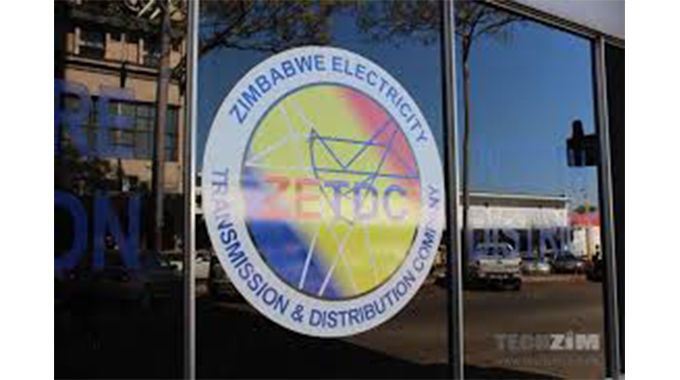
Nqobile Bhebhe, Senior Business Reporter
MATABELELAND South province, widely regarded as the hottest region in the country receiving approximately 9,5 hours of sunshine per day for nine or more months in a year, has vast potential for a booming solar farming industry.
Added to that, energy experts contend that the abundant sunlight in the province, if effectively harnessed and substantial investment made, could play a critical role in easing power challenges faced by the country.
According to statistics, the country’s power generation capacity is subdued at around 1 300MW with demand hovering around 1 750MW.
Experts say generally, the country has an average radiation level of 2 100kw/m2 per year, compared to 1 400kw/m2 in most parts of Europe, but the country is not exploiting the sun for the benefit of industry and domestic consumers.
If fully exploited, solar could feed up to 10 000 gigawatt hours of electricity per annum into the national grid.
The region has seen several solar projects licensed and implemented by independent power producers.
Matshela Energy Limited is targeting to set up a 100MW solar plant at Gwanda Timber Farm. When the solar project goes live, an estimated 880 000 households will be catered for per annum.
Several high energy using firms especially in the mining sector are installing solar plants to ensure steady supply of energy and boost production levels.
Caledonia Mining Corporation, which owns Blanket Mine, spent US$14 million on the 12MW solar plant that will provide 27 percent of the mine’s electricity requirements.
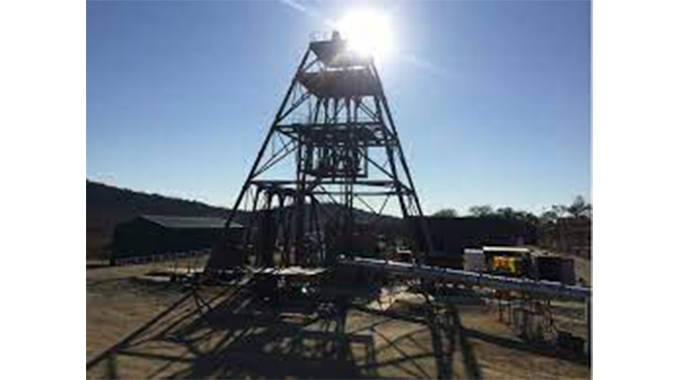
Caledonia Mining Corporation
Similarly, giant cement manufacturer, Pretoria Portland Cement (PPC) Zimbabwe is embarking on a US$40 million solar plant project in Bulawayo and Colleen Bawn which will boost the firm’s power requirements of 17MW with the excess 13MW being fed into the national grid.
Solar energy advocate, Mr Godwin Sibanda, said despite the initial high costs of setting up a solar energy system, once installed, the benefits are immense.
As such, it is critical to invest in solar projects in the Matabeleland South region.
“There’s great need for the country to move with speed and aggressively tap into the abundant sunshine for solar energy. Solar panel systems may be mounted on roof tops to preserve land. Solar systems can offer what are known as off-grid solutions to communities who are far away from the national grid,” he said.
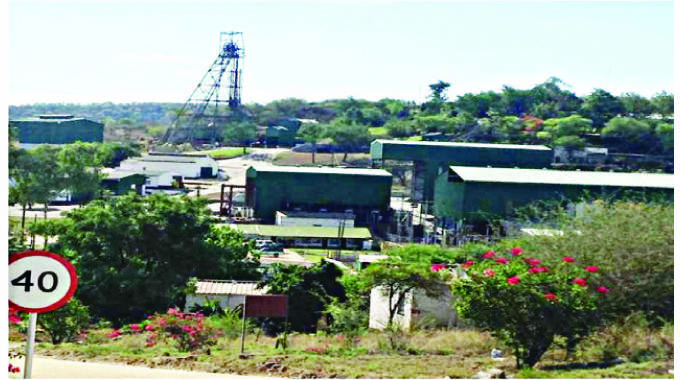
Blanket Mine
Zimbabwe is pacing up its electricity generation capacity to keep up with increasing demand in the wake of increased economic activity which the Second Republic is ushering to ensure power shortages do not constrict growth.
Power demand is increasing in tandem with economic growth thereby putting pressure on the country to speed up the development of domestic power generation.
To meet increased demand from the growing economy, there is general consensus on the need to accelerate the implementation of renewable energy projects in the country.
The Zimbabwe National Renewable Energy Policy launched in 2019 set the target of achieving a renewable energy capacity of 1 100 MW or 16,5 percent of overall electricity supply by 2025.

Money – Image taken from Pixabay
The policy also aims to have installed 250 000 solar geysers, increase the use of the institutional and domestic biogas digesters, promote use of solar mini-grids and solar water pumping solutions as well as boost the use of renewable technologies.
To that end, the Government is stepping up efforts to boost electricity generation and availability in all sectors of the economy by setting aside a substantial amount in the 2023 national budget to cater for several energy mix alternatives.
Outlining the 2023 national fiscus policy statement, Finance and Economic Development Minister, Professor Mthuli Ncube acknowledged that domestic electricity generation faces a number of challenges that range from obsolete equipment and infrastructure, inability to attract significant private sector investment, and other financing instruments.
He said structural bottlenecks have impacted on electricity supply in the country, leading to load shedding.
Therefore, restoring the stability of power supply in the country was identified by a broad range of stakeholders during the 2023 Budget consultation process as central in accelerating economic transformation, he observed.
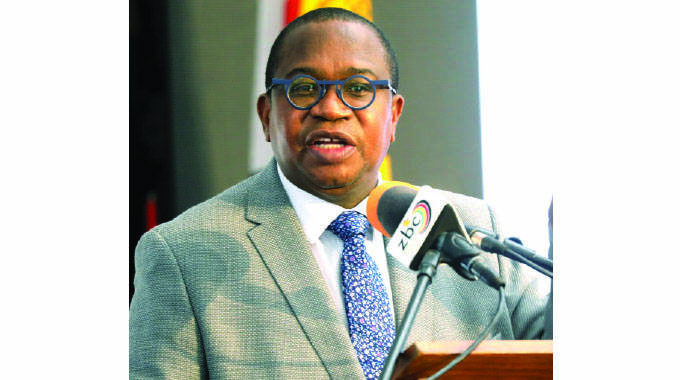
Prof Mthuli Ncube
Zimbabwe Energy Regulatory Authority (Zera) has licensed more than 60 independent power producers (IPPs) in the renewable energy space, with a capacity to generate 2 000MW.
However, off-take of the projects has been slow on account of viability issues, he noted.
Therefore, the finance minister said with technical assistance from the African Legal Support Facility (ALSF), the Government, in consultation with the relevant stakeholders, is working on improving the bankability of IPP projects, by addressing currency related risks, which should accelerate the implementation of renewable energy projects in the country.
According to the budget statement, a total of 12 383kW of solar PV installation capacity has been registered with the Zimbabwe Electricity Transmission and Distribution Company (ZETDC) in 2022, which has removed a similar amount in demand from the national grid.
“More savings are being realised through installation of Solar PVs on rooftops. To date, 10 009 rural institutions have been electrified nationwide using both grid and solar technologies, with a total of 430 solar mini grid systems having been installed at remote rural schools and clinics countrywide,” reads part of the budget statement.
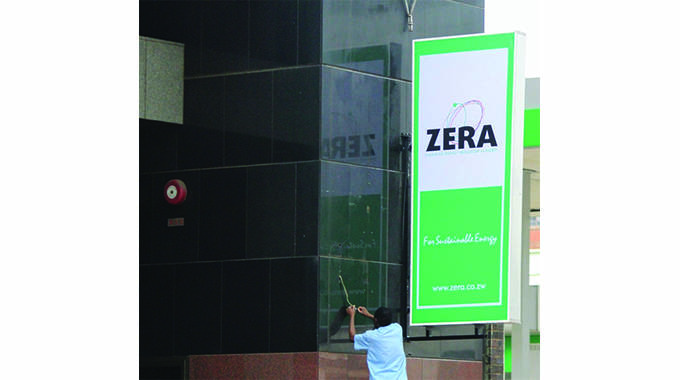
Zimbabwe Energy Regulatory Authority
“In 2023, the Rural Electrification Fund will channel ZW$18,3 billion and an additional ZW$1 billion from the fiscus to accelerate the electrification and off-grid solutions for rural communities. This intervention will also support Education 5.0 in rural schools, providing opportunities for beneficiaries to innovate and industrialise, as a catalyst for achieving Vision 2030.”
Education 5.0 is anchored on teaching, research, community services, innovation and industrialisation.
Prof Ncube said while efforts towards plant optimisation at Hwange Thermal Power Station and increased output at Kariba Power Station has increased domestic electricity generation output by 10,04 percent to 6 727,82 GWh for the period January to September 2022, up from the 6113,92 GWh recorded during the same period last year, the better performance has not been sufficient to meet increased demand from the growing economy.
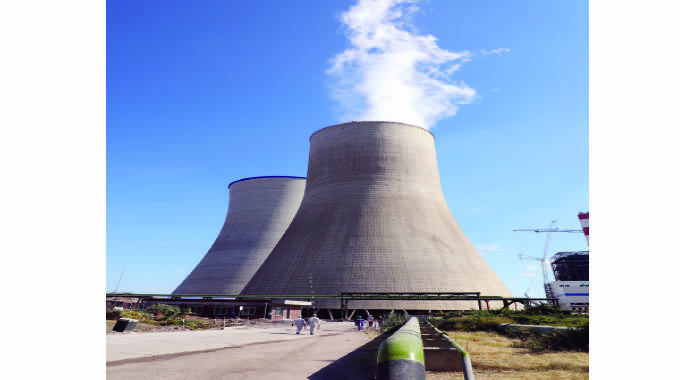
Hwange Power Station
“Kariba Power Station contributed 67,24 percent, Hwange Power Station added 26,94 percent, Small Thermals contributed 1,4 percent, while Independent Power Producers contributed 4,41 percent to total energy production,” said Prof Ncube.
The 2023 Budget will, therefore according to Prof Ncube, prioritise the timely completion of Hwange 7 and 8 Expansion Project, now at 95 percent completion, which will bring an additional 600 MW to the national grid. — @nqobilebhebhe




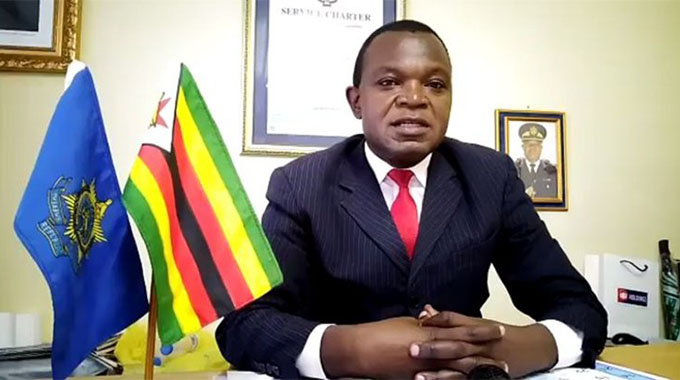



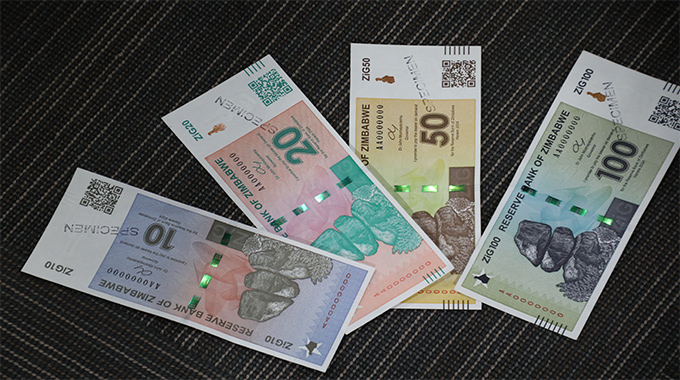


Comments